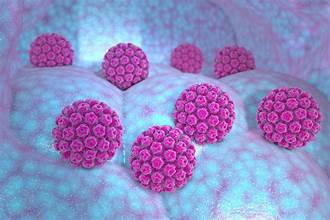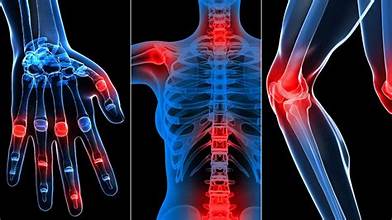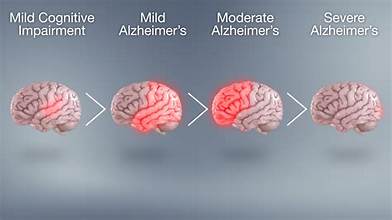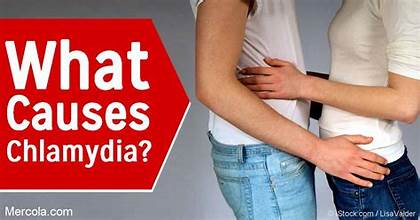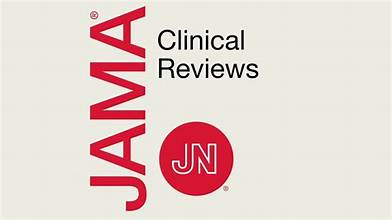What is HPV?
Human Papillomavirus (HPV) is a common sexually transmitted infection caused by a group of related viruses. It can affect the skin and mucous membranes, with some types leading to warts while others may cause cancers such as cervical, anal, or throat cancer. Vaccination helps prevent the most harmful strains.
HPV is primarily spread through intimate skin-to-skin contact, most often during vaginal, anal, or oral sex with someone who has the virus. It is one of the most common sexually transmitted infections, and nearly all sexually active men and women will contract at least one type of HPV at some point in their lives. While many HPV infections clear up on their own, persistent infections can lead to serious health problems, including:
- Cervical, vaginal, and vulvar cancers in women
- Penile cancer in men
- Anal cancer in both men and women
- Cancers of the throat, including the base of the tongue and tonsils (oropharyngeal cancer)
- Genital warts
HPV related diseases are a significant public health concern, but they are largely preventable. The HPV vaccine, introduced in 2006, has been proven safe and effective in protecting against the most dangerous strains of the virus. Ongoing safety monitoring by organizations such as the CDC and FDA continues to confirm its strong safety record. In addition to vaccination, regular screening tests (like Pap smears and HPV tests for women) play a vital role in early detection and prevention of HPV-related cancers.
Symptoms of HPV types:
In most cases, the immune system eliminates HPV infection before it develops into visible warts. However, different strains of HPV can cause different types of warts, such as:
1. Genital warts:
- Appearance: Can be flat, cauliflower-like clusters, or small stem like bumps.
- In women: Commonly appear on the vulva, cervix, vagina, or around the anus.
- In men: Found on the penis, scrotum, or around the anus.
- Sensation: Rarely painful, but they may itch or feel tender.
2. Common warts
- Appearance: Rough, raised bumps, often with a hard surface.
- Location: Usually found on the hands and fingers.
- Issues: Mostly a cosmetic concern, but they can sometimes hurt, get injured, or bleed easily.
3. Plantar warts:
- Appearance: Hard, grainy growths.
- Location: Typically appear on the heels or balls of the feet.
- Sensation: May cause discomfort when walking or standing.
4. Flat warts:
- Appearance: Flat-topped, slightly raised lesions.
- Location:
- Children: Usually on the face.
- Men: Common in the beard area.
- Women: Often appear on the legs.
Cervical Cancer:
Nearly all cases of cervical cancer are linked to HPV infection. However, the disease usually develops very slowly, often taking two decades or more after the initial infection to appear. In most cases,HPV infection and early stages of cervical cancer do not cause noticeable symptoms. The most effective protection is receiving the HPV vaccine.
Since the early stages typically go unnoticed, routine screening is crucial for women. These tests can identify abnormal changes in the cervix before they progress into cancer.
- Women ages 21–29: A Pap smear is recommended every three years.
- Women ages 30–65: Continue Pap smears every three years, or opt for a combination of Pap test and HPV DNA test every five years.
- Women over 65: Screening can be discontinued if they’ve had three consecutive normal Pap results, or two negative Pap/HPV DNA co-tests in a row.
Causes of HPV:
An HPV infection begins when the virus enters the body, often through tiny cuts, scratches, or openings in the skin. The primary mode of transmission is direct skin-to-skin contact.
Genital HPV is most commonly spread through vaginal intercourse, anal sex, and intimate skin contact in the genital area. In some cases, HPV can also be transmitted through oral sex.
If a pregnant woman has genital warts caused by HPV, the infection can occasionally be passed to her baby during childbirth. In rare instances, this may lead to noncancerous growths in the infant’s voice box (larynx).
Because HPV-related warts are highly contagious, they can spread quickly. Transmission can occur through direct contact with an existing wart or by touching surfaces and objects that have been in contact with a wart.
Who Is More Likely to Get HPV?
HPV is one of the most widespread viral infections, and certain conditions can make someone more vulnerable to catching it:
- Multiple sexual partners: Engaging in sexual activity with several partners, or with someone who has had many partners, significantly raises the chances of contracting genital HPV.
- Age group: Common warts are often seen in children, while genital warts are most frequently diagnosed in teenagers and young adults.
- Weakened immunity: Individuals with compromised immune systems such as those living with HIV/AIDS or those taking immunosuppressant drugs after organ transplants are more susceptible to HPV infections.
- Injured or broken skin: Cuts, scrapes, or damaged areas of skin provide an easy entry point for the virus, increasing the likelihood of developing warts.
- Close physical contact: Direct contact with a person’s wart, or indirect contact through contaminated surfaces like communal showers or swimming pool areas, can also spread HPV.
Health Problems Linked to HPV:
While many HPV infections go away on their own, in some cases the virus can lead to more serious health issues.
- Cancer risk: The most common cancer caused by HPV is cervical cancer. In less common situations, the virus may also contribute to cancers of the anus, penis, throat, vagina, or vulva. It’s important to note that having HPV, even a high-risk type, does not guarantee that cancer will develop.
- Genital warts: Another possible outcome of HPV is the appearance of genital warts. These growths may cause itching, irritation, or discomfort and can sometimes affect daily activities. However, aside from these symptoms, genital warts are generally not considered dangerous.
How Doctors Detect HPV?
Diagnosing HPV can involve different approaches depending on the type of infection. In many cases, a healthcare professional can identify genital warts or common warts simply by examining the skin. However, high-risk strains of HPV usually don’t produce symptoms, so they are often discovered during routine screening tests.
- Pap test (Pap smear): This screening checks for precancerous or cancerous changes in cervical cells. Since most cervical cancers are caused by high-risk HPV, the Pap test is a critical tool in early detection.
- HPV test: This test identifies the presence of high-risk HPV strains that have the potential to develop into cervical cancer if not monitored or treated.
Additional diagnostic methods include:
- Colposcopy: If a Pap test indicates abnormalities or an HPV test is positive, a colposcopy may be performed. This procedure uses a special magnifying device to closely examine the cervix. If suspicious cells are found, a small tissue sample (biopsy) may be taken for further lab analysis.
- Visual inspection with acetic acid (VIA): In regions where advanced screening isn’t readily available, providers may use VIA. A vinegar-based solution is applied to the cervix, which causes abnormal cells to temporarily turn white, making them easier to spot.
How to Reduce the Spread of HPV-Related Warts?
Completely avoiding HPV infections that causes warts isn’t always possible, but there are steps you can take to lower the chances of spreading the virus or developing new warts.
- Common warts: To avoid passing the infection to other parts of your body or to others, avoid picking at warts and refrain from habits like nail-biting.
- Plantar warts: Protect yourself in shared spaces such as swimming pools, showers, or locker rooms by wearing sandals or flip-flops instead of walking barefoot.
- Genital warts: The risk of transmission can be lowered by practicing safe sex. Staying in a mutually monogamous relationship with one uninfected partner offers the best protection. Using condoms during sexual activity can also reduce the chances of HPV transmission, although it may not provide complete protection.
HPV Vaccines:
Gardasil 9 is the HPV vaccine approved by the U.S. Food and Drug Administration for both males and females. It helps protect against cervical cancer, genital warts, and other HPV-related conditions.
The vaccine is most effective when administered before an individual becomes sexually active. Its protection is reduced if a person is already infected with HPV. Younger individuals generally respond more strongly to the vaccine compared to older age groups. When given prior to infection, the vaccine can prevent the majority of cervical cancer cases.
Health experts recommend two doses of the HPV vaccine for children at ages 11 or 12, though it can be started as early as age 9. For those who begin the series before turning 15, two doses spaced at least five months apart are sufficient. Adolescents and young adults between ages 15 and 26 are advised to receive three doses for full protection.
